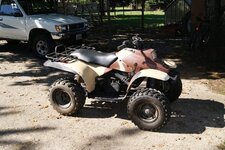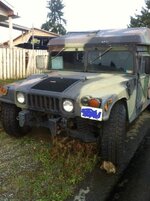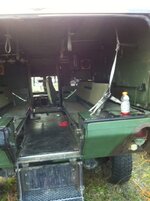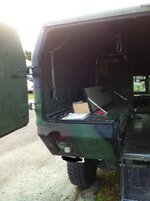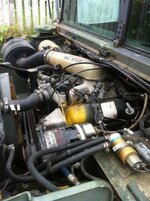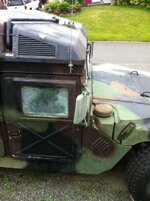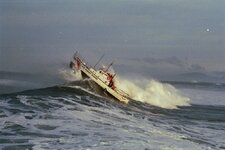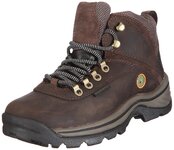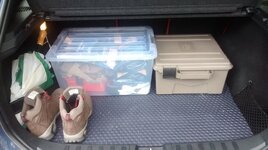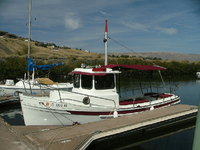
If you are in PDX or Seattle and this terrible unspoken tragedy occurs, simply walk over to your boat, with nothing on or about you if you wish. Perhaps you have a weapon. Perhaps not. Everything you need to survive is on the boat. Shove off to anyplace in the world that has what you are looking for.






